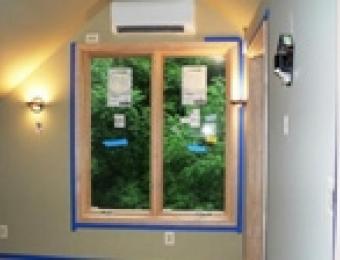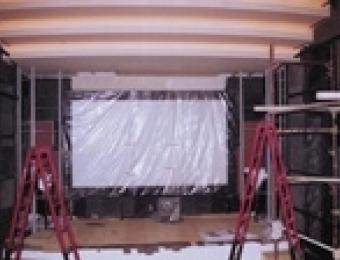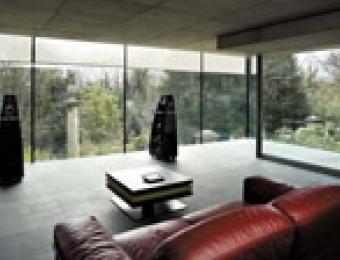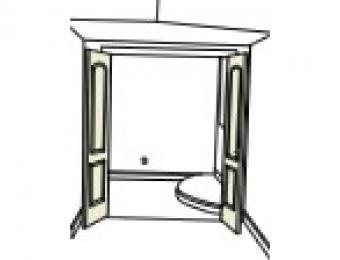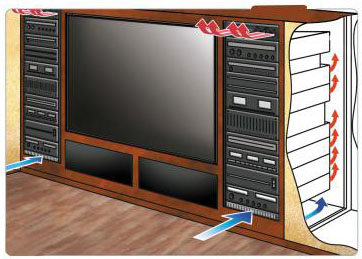
Do I need an equipment rack for my home theatre?
An equipment rack is a hardware rack, designed to store and help you manage your audio visual hardware. Whether you really need one or not depends on how powerful a system you're installing. You can place your AV system components almost anywhere you choose, but to keep them safe and properly cooled, it's always a good idea to install these systems in a fixed enclosure like an equipment rack. This helps to ensure the safety of your equipment, to make the system easy to access, and to manage the heat that's produced by your equipment.
In most serious home theatre setups, equipment racks are a good idea because they provide a great storage space for your gear, and are the best way to organise your wires and protect your expensive equipment. The ideal equipment rack should always give you full access to both the front and rear panels, so all wiring and controls are easily accessible. This will enable you to adjust your home theatre system for the best performance. Racks and mounts are a particularly good idea for large or complicated home theatre setups.
Managing equipment with AV racks
In its simplest form, a rack system acts as a cabinet with shelves to store your AV equipment. However, today’s racks and mounts have evolved considerably beyond that idea. A more elaborate rack solution forms a system in itself, and can act as an accessory for distributing and optimising power and heat, with solutions to keep your cables tidy.
When planning your home theatre design, consider mounting your equipment on a suitable equipment rack either on the side of the room or a back wall. Just be careful about what's on the other side of the wall, as the heat dissipation can cause problems - particularly with perishable items such as food.
If your components use infra-red remote controls, it's also important to remember that you need to locate the rack in a spot where you can still point your remote at your components.
What is thermal management?
Maintaining the temperature inside racks is critical to the proper functioning and survival of the circuits. There are two airflows to consider: how the heat travels through the rack, and how the heat moves throughout the room. The interaction between them is crucial, and it is important to understand and calculate when to vent a rack using natural convection and when to use fan-forced air. A considered approach to thermal management is the key to ensuring the longevity and performance of your AV equipment.
For digital equipment, the room itself should be about 24°C. This gives a 5°C temperature difference between the room and the recommended 29°C internal rack temperature for optimum equipment life. Additionally the cooler the room, the fewer fans or vents you need. A qualified installer will be able to talk you through how a rack works, and set everything up for you.
What to look for in an equipment rack
There are a couple things to keep in mind when considering your home theatre rack. First, you should make sure that the rack is strong and sturdy, because it will need to carry a lot of weight. Secondly, make sure the rack and storage area provide adequate ventilation for your needs. Audio visual equipment can generate a lot of heat, so it is very important to ensure proper airflow. Look for something with large areas of perforated panels and plenty of openings at the top of the rack.
Amplification gear in home theatre systems can generate a lot of heat during operation and easy to damage your equipment. Another way to control heat is to build a small separate room just to house your equipment. A separate room will not only help to control heat, it'll also remove clutter from the room and reduce noise from things like exhaust fans.
If you can’t build a separate room for your gear and you don't want to use an equipment rack, you can at least make your environment neater and more professional looking by hiding some of the wiring in the walls or in fake mouldings, and by making the local connections available through wall outlets. You can use short cables to connect these outlets to the equipment itself.

